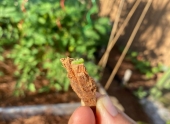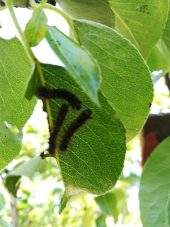
 3
3




Work smarter, not harder.
 1
1








Our Microgreens: http://www.microortaggi.it








Brenda
Bloom where you are planted.
http://restfultrailsfoodforestgarden.blogspot.com/




Work smarter, not harder.




![Filename: IMG_8249.jpg
Description: [Thumbnail for IMG_8249.jpg]](/t/15218/a/4797/IMG_8249.jpg)
 2
2




Idle dreamer




Best luck: satisfaction
Greatest curse, greed





"...specialization is for insects." - Lazarus Long
Universal Introduction to Permies
How Permies.com works




Best luck: satisfaction
Greatest curse, greed
 1
1




Regards, Scott




Best luck: satisfaction
Greatest curse, greed
 1
1




Idle dreamer




“The most important decision we make is whether we believe we live in a friendly or hostile universe.”― Albert Einstein
 1
1




Best luck: satisfaction
Greatest curse, greed




Come join me at www.peacockorchard.com




“The most important decision we make is whether we believe we live in a friendly or hostile universe.”― Albert Einstein

|
I brought this back from the farm where they grow the tiny ads:
Freaky Cheap Heat - 2 hour movie - HD streaming
https://permies.com/wiki/238453/Freaky-Cheap-Heat-hour-movie
|




